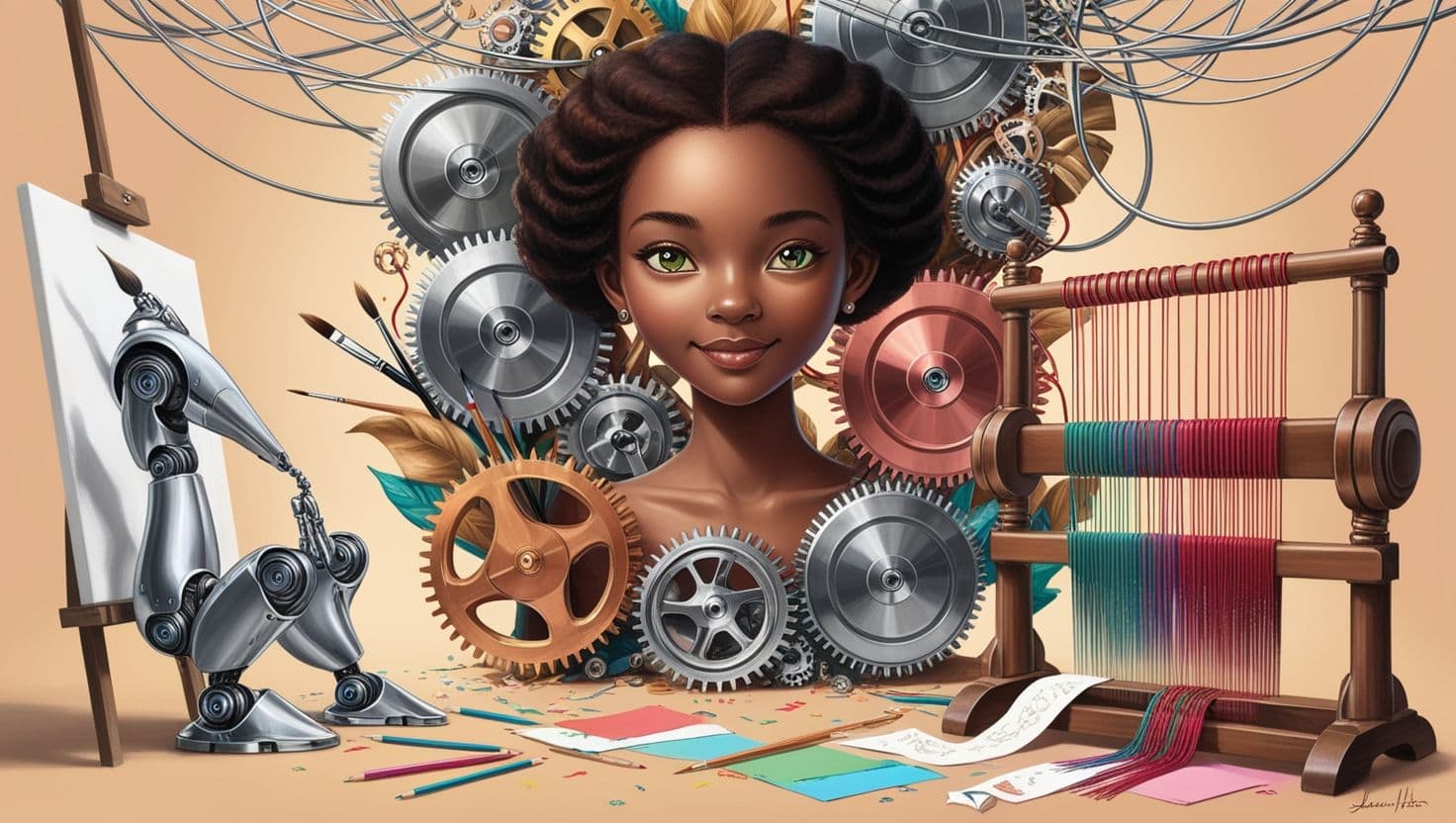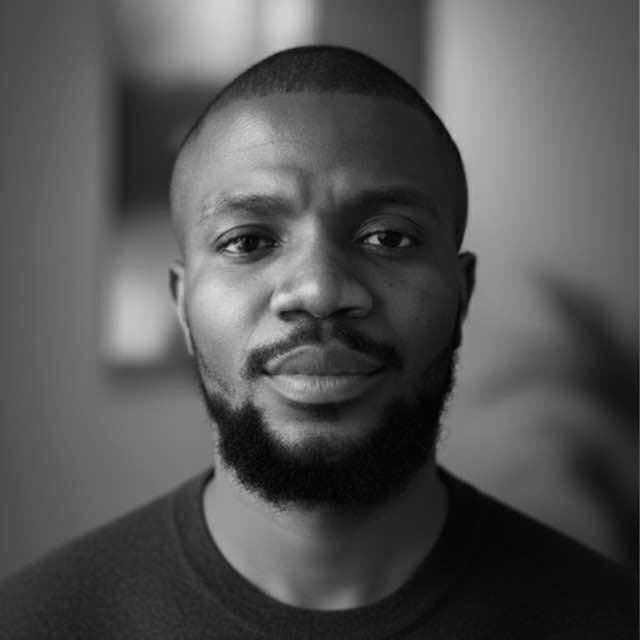
Balancing Automation and Human Creativity
Explore the Intersection of Technology and Imagination to Unleash New Creative Possibilities
Balancing Automation and Human Creativity
Generative AI has quickly emerged as one of today's most transformative technologies. From crafting compelling narratives to designing intricate graphics, it blurs the lines between human creativity and machine automation. As we learn more about Generative AI, we realise that the future lies in striking a balance between maximizing its vast potential and preserving the irreplaceable essence of human creativity.
Understanding Generative AI
Generative AI, also known as generative artificial intelligence, is a type of AI that utilizes algorithms and models to produce new content, data, or solutions by drawing from existing information. These systems leverage advanced deep learning techniques such as Generative Adversarial Networks (GANs) and Variational Autoencoders (VAEs) to demonstrate impressive capabilities across diverse domains such as art, music, literature, and software development. By extensively analyzing large datasets, Generative AI generates outputs that closely resemble human creativity, often making it difficult to distinguish from content created by humans.
The Promise of Automation
The ability of generative AI to automate complex operations is quite attractive. In the creative fields, this means automating repetitive work, increasing productivity, and allowing human creators to focus on more complex problem-solving. For example, AI-powered tools assist authors in creating content, proposing corrections, and even writing full articles with minimum involvement. Similarly, in design, AI algorithms generate a wide range of artwork, layouts, and prototypes, greatly accelerating the design process.
Enhancing Human Creativity
Generative AI genuinely thrives when it complements rather than replaces human innovation. By automating routine chores, AI frees up creators' time and energy to explore new ideas and push the boundaries of their creativity. AI, for example, sifts through massive volumes of data to discover trends, propose new concepts, and suggest unique concepts that humans might otherwise overlook. This collaborative relationship enables artists, writers, and designers to improve their creative processes, resulting in more unique and original works.
The Challenge of Originality
Incorporating AI into creative procedures provides significant hurdles, notably in terms of novelty and sincerity. Although generative AI is capable of producing fresh content, it typically relies on pre-existing information. These databases contain previous works, styles, and patterns, which may unintentionally reduce the originality of the AI-generated outputs. Essentially, AI systems are educated on pre-existing products, making it difficult for them to break out from known patterns and generate truly unique notions.
AI can readily generate a large volume of information, resulting in an oversaturation of ideas. This may be seen in a variety of creative fields, where the plethora of AI-generated products can erode the originality and distinction that human creativity often delivers. Artificial intelligence technologies, for example, can create excellent articles, novels, and poetry, but they frequently lack the subtle touch of human experience, emotion, and uniqueness. This can lead to a glut of similar content, making it difficult for truly creative works to stand out.
To achieve the correct balance, it's critical to create an atmosphere that values innovation and uses AI tools to enhance rather than replace human abilities. By encouraging collaboration between humans and technology, we may create a tremendous synergy that enhances the creative journey. Consider AI providing writers with plot recommendations and rich background facts, but the writer's unique voice, perspective, and narrative prowess continue to shape the core of the story.
Fostering Collaboration Between Humans and AI
The advancement of Generative AI is dependent on fostering cooperation between humans and robots. By developing AI systems that understand and enhance human creativity, we may form a healthy partnership that capitalises on both parties' talents. This requires creating AI tools that are user-friendly, transparent, and designed to improve rather than replace human abilities. Facilitating workshops, fostering cross-disciplinary teams, and encouraging open debates among technologists, artists, and ethicists will be critical to developing innovative, ethical solutions that benefit society.
Conclusion: An Era of Creativity
To summarise, Generative AI exists at the crossroads of technology and creativity, bringing unprecedented opportunities and challenges. As we explore this new region, we must strike a delicate balance between automation and human inventiveness. Accepting AI as a cooperative ally allows us to explore new areas of invention and creativity, ensuring that the future is not just technologically sophisticated but also rich in human imagination and resourcefulness.
The journey ahead promises excitement, with endless opportunities to push the boundaries of imagination.
